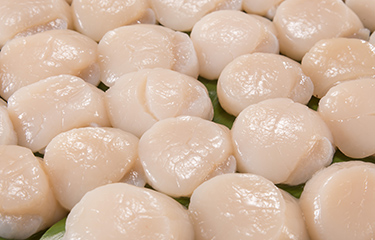Ichiro Miyashita, Japan’s minister of agriculture, forestry, and fisheries, recently suggested having Japanese prisoners shuck scallops to alleviate the lack of manual labor in the country’s seafood-processing sector – but he abandoned the plan after discovering that the U.S. and Canada don’t allow imported products made with prison labor in their supply chains.
The scheme, which Miyashita unveiled on 20 October, would have seen prisoners commute to private-sector processing plants without the supervision of prison officers. The businesses involved would have paid the government directly for the labor, and would have been exempt from paying welfare costs such as insurance, according to the Japanese Justice Ministry’s guidelines for prison labor.
The lack of available labor available in Japan's scallop-processing trade was exacerbated after China banned all Japanese seafood, including scallops taken in for processing and reexport, in August 2023, following the release of treated wastewater from the damaged Fukushima-Daiichi nuclear power plant. The move has jeopardized an economically lucrative sector - the U.S. imported more than USD 100 million (EUR 93.3 million) worth of Japanese scallops processed in China in 2022 alone.
Recently, the Japanese government has put forth other ideas to assist its domestic seafood processors, including a proposal to subsidize two-thirds of the expenses associated with introducing automated shelling equipment. However, according to the Asahi Shimbun, the machines cost about JPY 100 million (USD 665,000, EUR 621,000) each, and the plan still leaves companies footing one-third of the bill on the expensive machinery. Complicating the matter, these machines are customized as made-to-order products, with a lead time of one year on production, delivery, and installation.
As for manual shucking, in the past, processors have relied on foreign technical trainees who mainly stem from Southeast Asian countries. Many of these trainees who were allowed to work in Japan returned to their home countries during the Covid-19 pandemic, and the country denied new entries, leaving the industry shorthanded when demand rebounded.
Photo courtesy of Kei Shooting/Shutterstock








